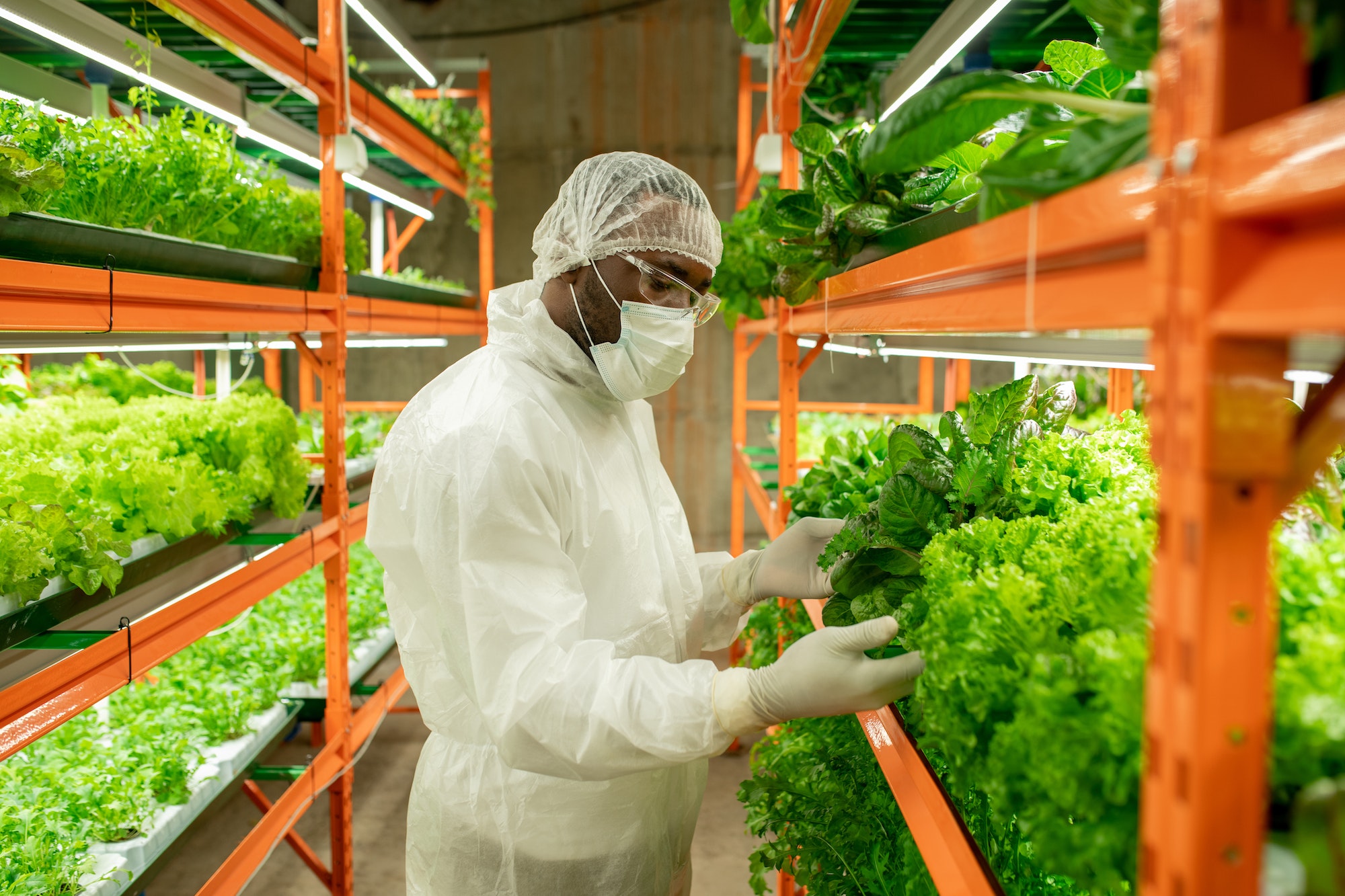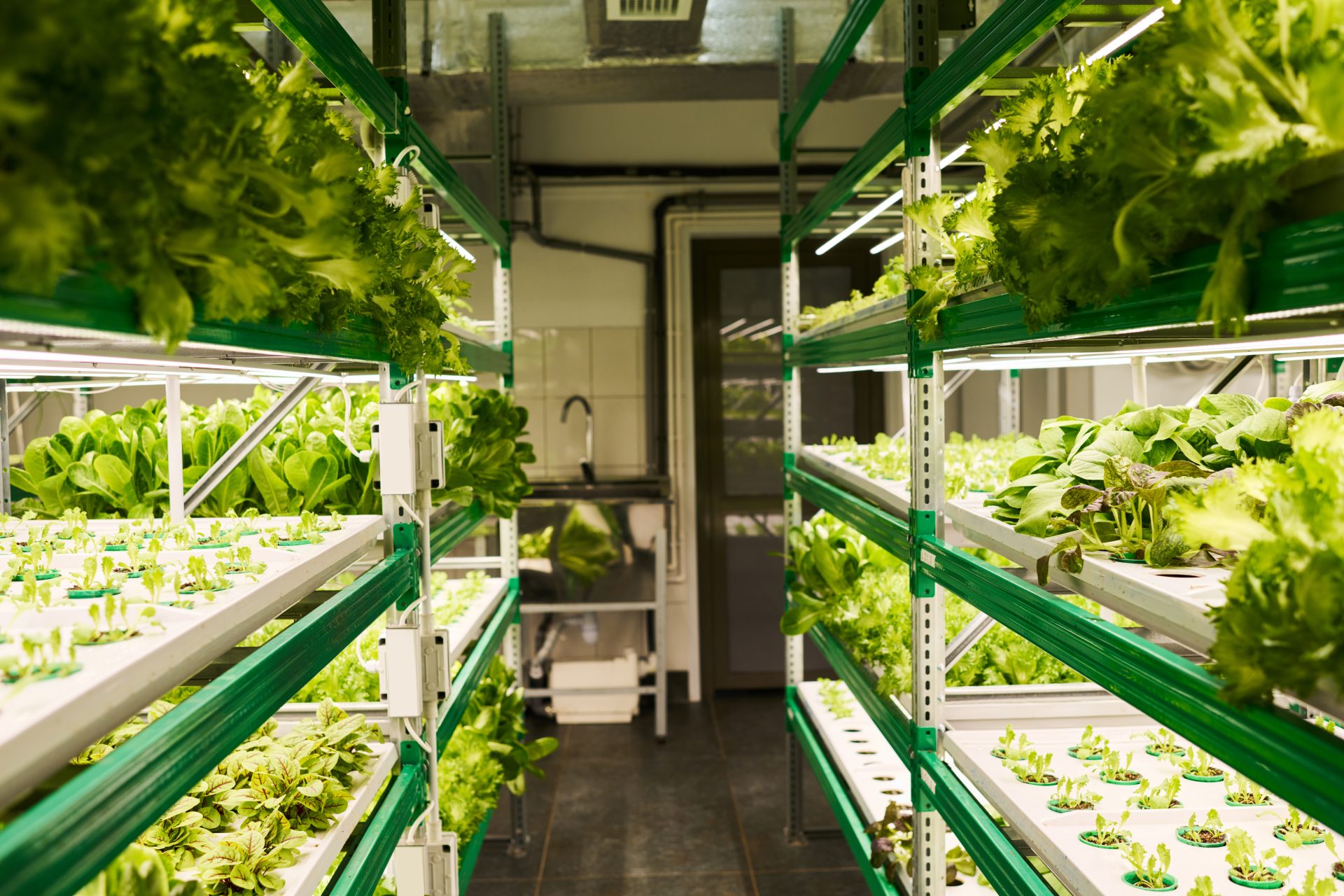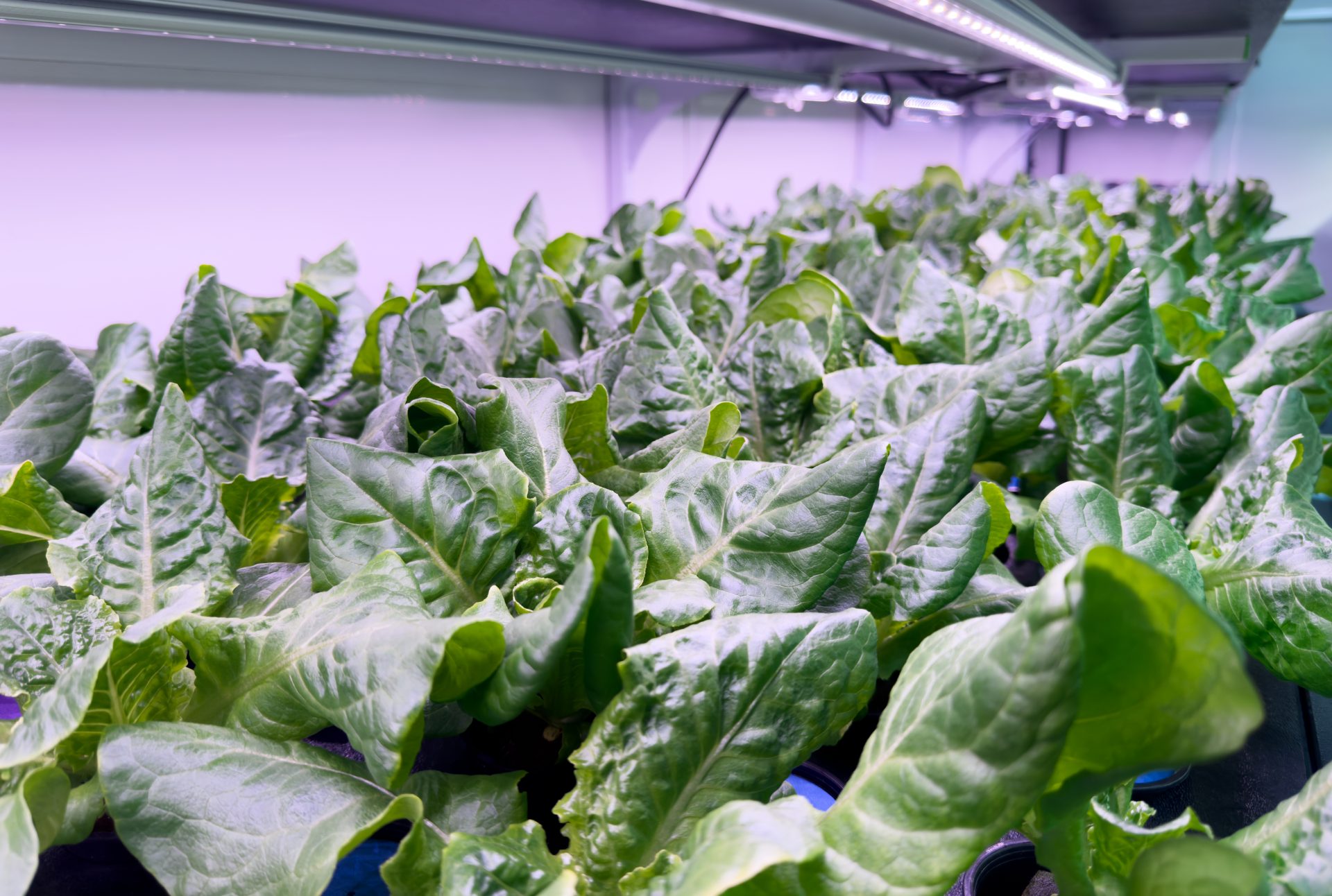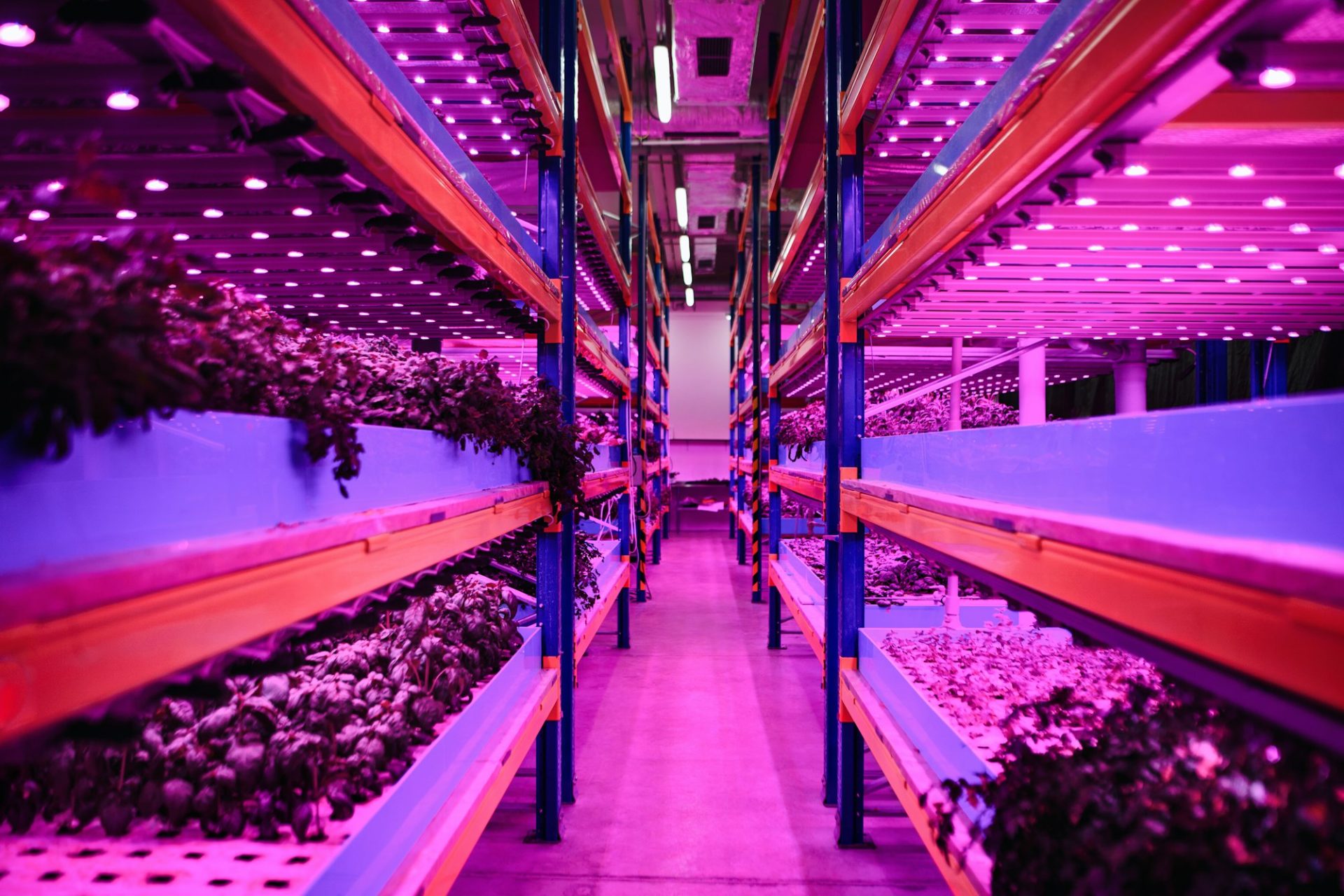Adaptability in Agricultural Equipment and CEA Systems
TLDR: Simplicity in design is vital for creating adaptable agricultural equipment and CEA systems, enabling farmers to quickly respond to change, optimize resource use, and integrate innovation. Strategies for achieving adaptability include modular design, interchangeable components, continual learning and improvement, and user-centric design. By embracing adaptability farmers can address the challenges of feeding a growing global population while ensuring long-term sustainability in agriculture.
Introduction
Hello everyone! Today we’re diving into the concept or embracing change and adapting to ever changing agricultural equipment. In an ever-changing agricultural landscape, the ability to adapt and embrace change is crucial for farmers. Simplicity in design plays a vital role in creating adaptable agricultural equipment and Controlled Environment Agriculture (CEA) systems. By enabling rapid responses to shifting conditions, optimizing resource utilization, and integrating innovation, simplicity empowers farmers to navigate challenges effectively.
The Ability to Adapt and Evolve
The ability to adapt and evolve is vital for the long-term success of farmers and the agricultural industry as a whole. Here’s why simplicity in design plays a crucial role in ensuring equipment and CEA systems are adaptable:
- Rapid Response: Simple, adaptable equipment and CEA systems enable farmers to quickly respond to changing conditions. Such as weather patterns, pest pressures or market demands. This agility helps them stay competitive and maintain the productivity of their operations.
- Resource Efficiency: Adaptable equipment and systems allow farmers to optimize resource use and minimize waste. This efficiency is crucial for the long-term sustainability of agriculture and its ability to feed a growing global population.
- Innovation Integration: Adaptable equipment and systems make it easier for farmers to integrate new technologies and practices into their operations. This ability to embrace and leverage innovation is essential for staying ahead of the competition and ensuring continuous improvement in agricultural practices.
Major Factor
The Gabriel Zarafonitis Approach to Adaptable Agricultural Equipment
Here are some strategies I believe are essential for achieving simplicity and adaptability in agricultural equipment and CEA systems:
- Modular Design: Embracing a modular design allows for easy integration of new components or features enabling farmers to upgrade or adjust their equipment and CEA systems as needed.
- Interchangeable Components: Designing equipment and systems with interchangeable components enables farmers to customize their tools based on the specific needs of their operations, enhancing flexibility and adaptability.
- Continual Learning and Improvement: Encouraging a mindset of continual learning and improvement helps farmers stay ahead of the curve by embracing new technologies, practices, and ideas that can drive growth and efficiency in their operations.
- User-Centric Design: Focusing on the end-user’s needs and experiences ensures that equipment and CEA systems are designed with adaptability and flexibility in mind empowering farmers to respond effectively to changing conditions.
Adaptability is the cornerstone of success in the future of agriculture. By focusing on simplicity in design we can create agricultural equipment and CEA systems that empower farmers to respond effectively to change, optimize resource use, and integrate innovation in their operations. This adaptability is crucial for addressing the challenges of feeding a growing global population while ensuring the long-term sustainability of agriculture.
For that reason, let’s embrace change and prioritize adaptability in the next generation of agricultural equipment and CEA systems. By doing so, we can drive innovation, sustainability, and resilience in the agricultural industry, ultimately shaping a better future for our planet. Onward!
Conclusion






